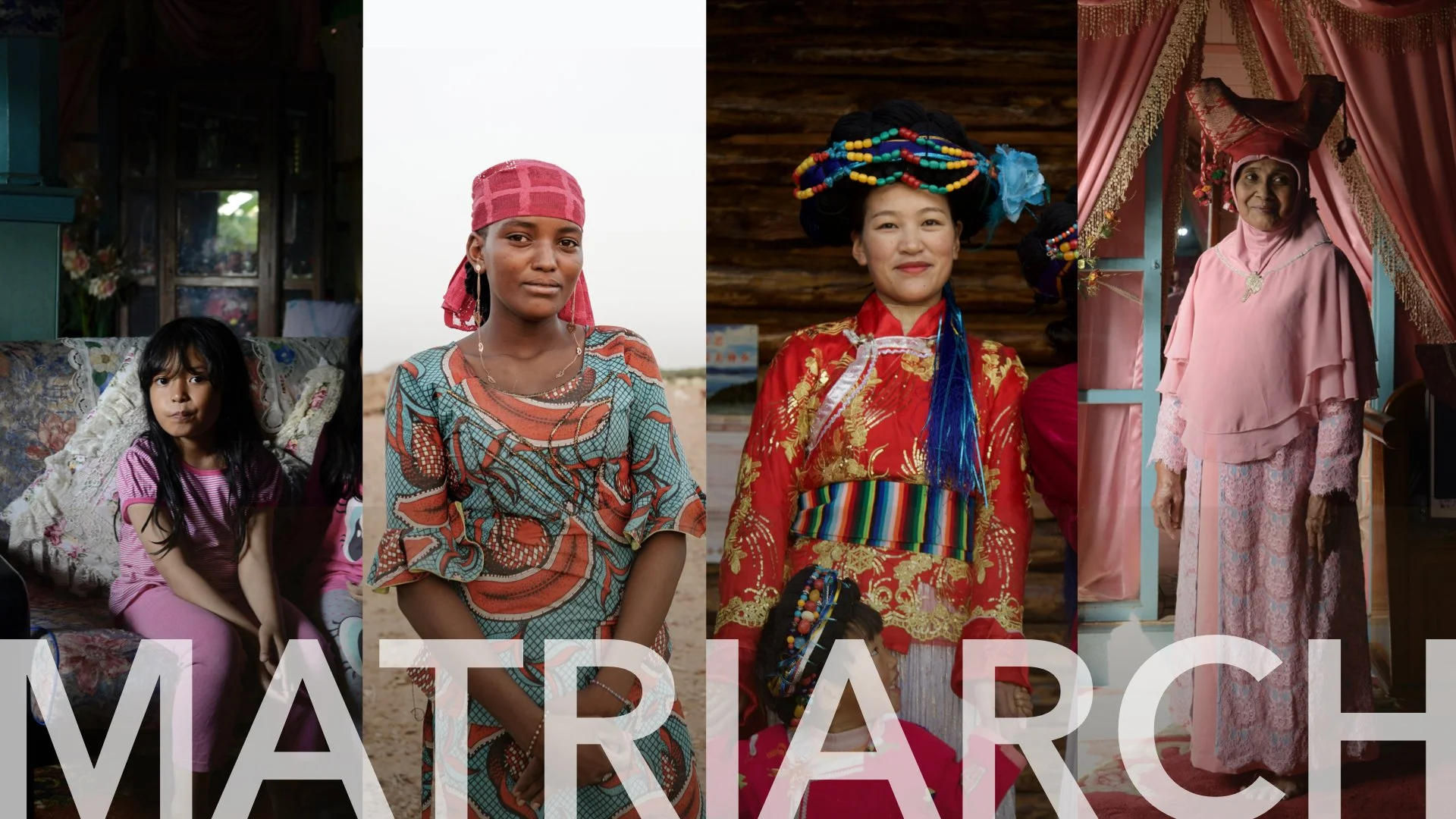a documentary feature and series
Matriarch transports viewers to four long-established but largely unknown matriarchal societies through the eyes of four females—a Khasi Indian girl that everyone expects to rule one day, an adolescent Tuareg African growing into womanhood, a Mosuo Chinese mother at a crossroads in mid-life, and a Minangkabau Indonesian grandmother protecting her clan’s future.
See what it’s like to grow up and grow old in a woman’s world.









